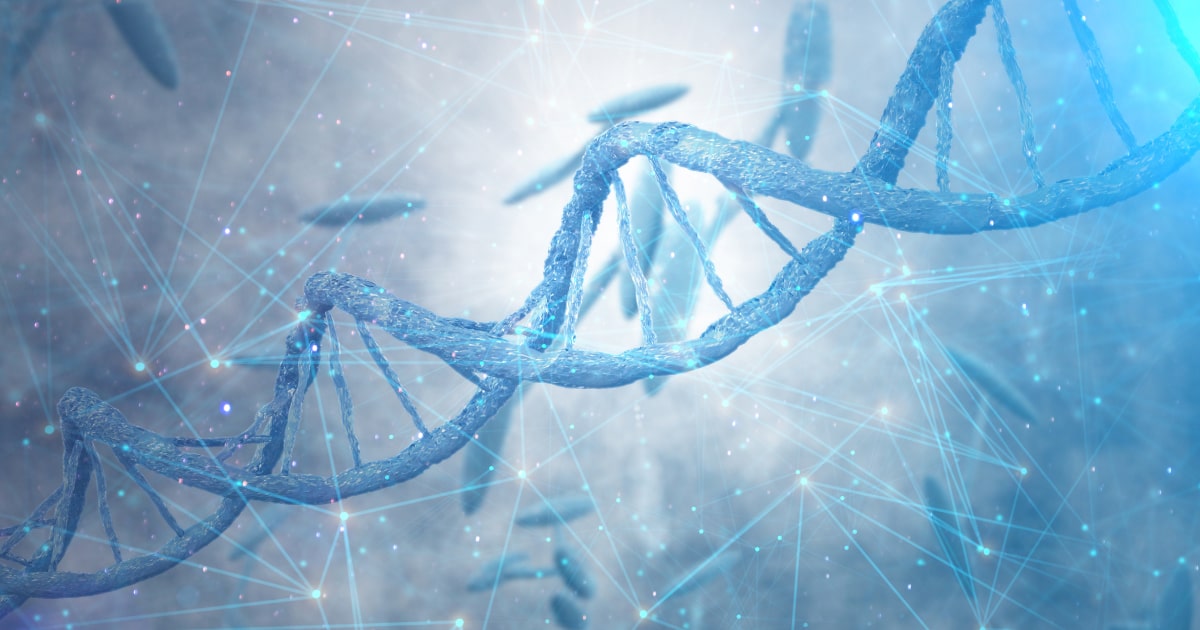
Expert Reviewed By: Dr. Brandon Colby MD
Nemaline Myopathy (NM) is a rare genetic muscle disorder characterized by muscle weakness, hypotonia, and the presence of nemaline bodies (rod-like structures) in muscle fibers. The dominant form of Nemaline Myopathy, also known as NM-D, is caused by mutations in the TPM3 gene and is inherited in an autosomal dominant manner. This means that an affected individual has a 50% chance of passing the condition to their offspring.
Although the symptoms of NM-D can vary widely in severity, they typically include muscle weakness in the face, neck, and limbs, as well as respiratory difficulties. In some cases, individuals with NM-D may also experience feeding difficulties, joint contractures, and scoliosis. Early diagnosis and appropriate management are crucial in improving the quality of life for individuals with NM-D.
Diagnosing Nemaline Myopathy, Dominant
The process of diagnosing NM-D involves a combination of clinical examination, muscle biopsy, and genetic testing. The following sections outline the steps in this process.
Clinical Examination
A thorough clinical examination is the first step in diagnosing NM-D. This includes a detailed assessment of the patient's medical history, family history, and a physical examination focusing on muscle strength, tone, and reflexes. The presence of characteristic symptoms, such as facial muscle weakness, difficulty swallowing, and respiratory problems, may raise suspicion of NM-D.
Muscle Biopsy
A muscle biopsy is often performed to confirm the diagnosis of NM-D. During this procedure, a small sample of muscle tissue is removed and examined under a microscope. The presence of nemaline bodies, which are the hallmark of the disease, helps confirm the diagnosis. However, it is important to note that muscle biopsy findings alone are not sufficient for a definitive diagnosis, as nemaline bodies can also be found in other muscle disorders.
Genetic Testing
Genetic testing is the most definitive way to diagnose NM-D. It involves analyzing the patient's DNA to identify mutations in the TPM3 gene, which is responsible for the dominant form of the disease. Genetic testing can be performed using different methods, including direct sequencing, deletion/duplication analysis, and next-generation sequencing (NGS) panels.
Uses of Genetic Testing for Nemaline Myopathy, Dominant
Genetic testing plays a crucial role not only in diagnosing NM-D but also in guiding its management, facilitating family planning, and advancing research. The following sections highlight some of the key uses of genetic testing for NM-D.
Confirming the Diagnosis
As previously mentioned, genetic testing is essential for confirming the diagnosis of NM-D. Identifying the specific mutation in the TPM3 gene allows for a more accurate prognosis and helps guide treatment decisions. Furthermore, a confirmed genetic diagnosis can help rule out other muscle disorders with similar clinical features.
Carrier Testing
Carrier testing is an important aspect of genetic testing for NM-D, as it helps identify individuals who carry one copy of the mutated TPM3 gene. Although carriers are typically asymptomatic, they have a 50% chance of passing the mutation to their offspring. Carrier testing can provide valuable information for family planning and prenatal testing.
Prenatal and Preimplantation Genetic Testing
For couples at risk of having a child with NM-D, prenatal genetic testing can be performed during pregnancy to determine if the fetus has inherited the mutated TPM3 gene. Preimplantation genetic testing, on the other hand, involves screening embryos for the mutation before implantation in the uterus during in vitro fertilization (IVF). Both of these testing options can help couples make informed decisions about their reproductive choices.
Advancing Research
Genetic testing for NM-D also plays a crucial role in advancing research on the disease. By identifying the specific genetic mutations responsible for the condition, researchers can better understand its underlying mechanisms and develop targeted therapies. Furthermore, genetic testing can help identify individuals who may be eligible to participate in clinical trials for new treatments.
In conclusion, understanding, diagnosing, and using genetic testing for Nemaline Myopathy, Dominant are essential steps in improving the lives of those affected by this rare genetic disorder. By identifying the specific genetic mutations responsible for NM-D, healthcare professionals can provide more accurate diagnoses, tailor treatment plans, and offer valuable information for family planning and prenatal testing.
About The Expert Reviewer
Dr. Brandon Colby MD is a US physician specializing in the personalized prevention of disease through the use of genomic technologies. He’s an expert in genetic testing, genetic analysis, and precision medicine. Dr. Colby is also the Founder of and the author of Outsmart Your Genes.
Dr. Colby holds an MD from the Mount Sinai School of Medicine, an MBA from Stanford University’s Graduate School of Business, and a degree in Genetics with Honors from the University of Michigan. He is an Affiliate Specialist of the American College of Medical Genetics and Genomics (ACMG), an Associate of the American College of Preventive Medicine (ACPM), and a member of the National Society of Genetic Counselors (NSGC)